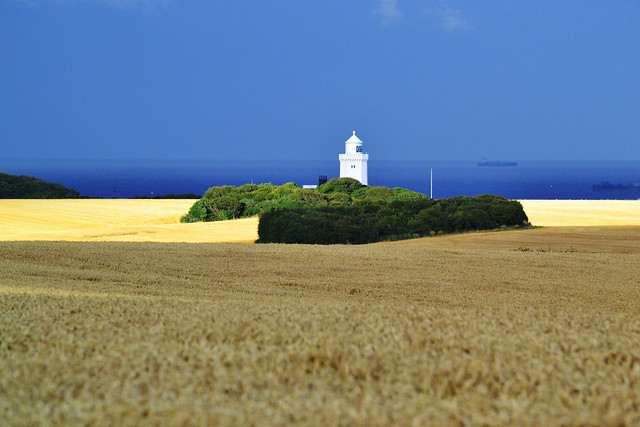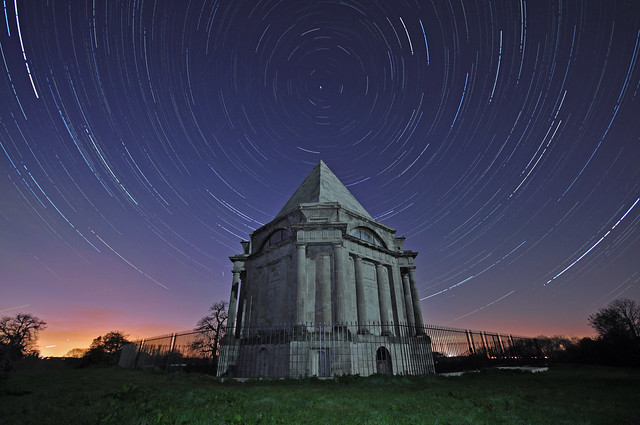A walk at one of Kent’s National Trust sites connects you with our county’s rich history and heritage while also providing you with some breathtaking scenery. Here are ten great routes you should try
There are 770 acres of stunning woodland and parkland surrounding this picture-perfect castle near Lamberhurst for you to explore during this moderate two-mile walk.
While on the walk you’ll be able to find out more about the long history of the Scotney Estate and also get breathtaking views back to the castle itself.
Starting at the statue of Winston Churchill on the green in Westerham and taking you all the way to his former home at Chartwell, this two-mile stroll is ideal to discover the PM’s connection to this part of the county.
Once you arrive at Chartwell you will also be able to explore the house’s magnificent gardens that contain many features created by Churchill as an escape from a life in politics.
Take a three-mile walk through a landscape that was pivotal in inspiring the writing and garden designs of Vita Sackville-West, the estate’s most notable resident.
If you take the full walk you’ll get right out into the surrounding countryside of the 450-acre estate or if you’re not feeling particularly energetic there is a shorter route that keeps you closer to the castle gardens.
- Ightham Mote to Old Soar Manor
Two of Kent’s most magnificent medieval manors are the stars of this easy seven-mile walk that’ll be a perfect way to spend a few hours exploring our county’s countryside.
The two aforementioned properties are not the only points of interest, however, as you’ll make your way through Scathes Wood, Fairlawne Estate, Plaxtol Spout and the Greensand Way.
- Octavia Hill Centenary Trail
Head to Toy’s Hill near Sevenoaks and take your pick of a couple of walks that celebrate the life of Octavia Hill, a social reformer whose work helped to protect the hill and many other natural spaces that create the Green Belt around London.
The first route - an easy four-mile trail - focuses on the views and nature to be found in the area while the other - a moderate six-mile walk - looks at Hill’s life and the manmade history she was such an important part of.
- Chiddingstone and the Eden Valley
The majority of buildings in this Tudor one-street village - often described as the prettiest in Kent - are over 200 years old and it is this near untouched heritage that makes it such an attractive prospect for movie productions from around the world.
As well as taking you through the best bits of the village, this 15-mile route also visits Edenbridge and many romantic spots in the Eden Valley.
In addition to getting up close to this Victorian lighthouse that was the first to use an electric light, this five-mile walk will also give you wonderful views of the iconic White Cliffs of Dover - another location protected and managed by the National Trust.
As well as the vistas of our own county, on a clear day you can see all the way over to the French coast at Calais and Dunkirk.
This 3,000-year-old burial chamber has remained remarkably intact through the years and, despite its rich historical significance, remains relatively unknown compared to other ancient sites in Kent like Kit’s Coty House.
The six-mile trail takes you through farmland, woodland and Trosley Country Park before coming to the stones themselves, allowing you to explore the same landscapes that would have been home to our ancient ancestors.
This ancient wood pasture near Rochester is one of the few of its type remaining in the UK, providing a wonderfully relaxing setting that you’ll be sharing with Highland Cattle during your walk.
The highlight of this 3.5-mile route is the 18th century Darnley Mausoleum to be found at the wood’s highest point and that, oddly, was never consecrated and so it was never used to lay any bodies to rest.
Beginning at Ightham Mote, the route presents you with wide-ranging views over the Kentish countryside before bringing you to one of the finest Iron Age hillforts in the Medway.
You should allocate around three hours to complete the 5.5-mile circular and perhaps even more time to discover the caves and rock shelters dotted around the hill that were likely used by paleolithic men.
__________





































